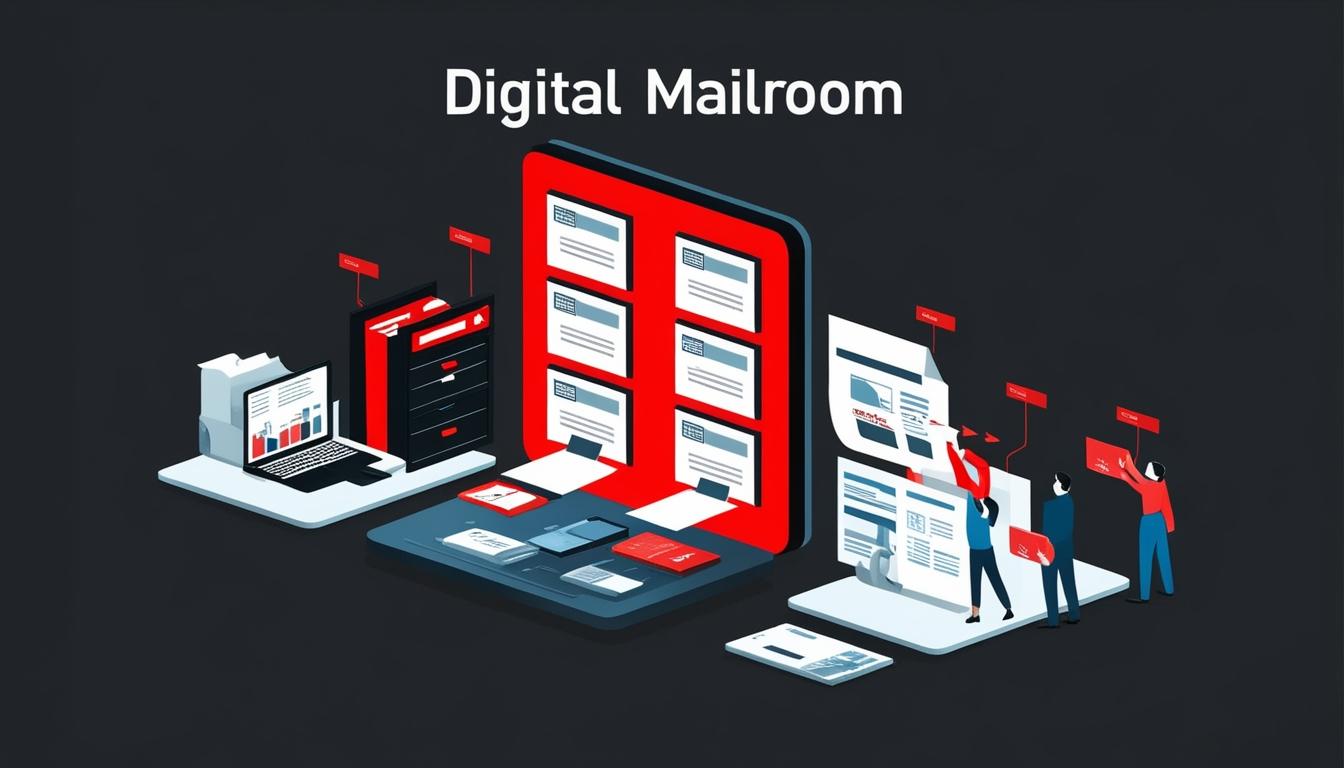In the contemporary business landscape, the strategic management of information assets has become paramount, particularly in light of the growing volume of data. As organisations navigate the complexities of this data-driven environment, the implementation of an effective Information Governance (IG) program is increasingly necessary. The focus is not only on the handling of electronic data but also on the management of physical documents, which continue to play a significant role within businesses today.
The rise of the Digital Mailroom (DMR) is facilitating this transition. Traditionally considered an overlooked segment of organisational operations, the mailroom has the potential to hinder the efficient flow of information. By transforming paper documents into digital content, the Digital Mailroom is poised to redefine how organisations manage incoming physical mail. This approach includes a comprehensive workflow that spans from the collection and scanning of physical mail to the distribution of digitised content to relevant users, regardless of their location.
Organisations that integrate a DMR solution can expect notable reductions in both the time and expenses associated with manual handling of mail. This innovative service enhances operational efficiency while also bolstering security protocols. Sensitive documents are systematically tracked and delivered, aligning with the current needs of businesses aiming to modernise and remain competitive in an evolving digital marketplace.
The adoption of Digital Mailroom services significantly contributes to an organisation's information governance strategy. By converting physical documents into electronic formats, businesses can designate these digital versions as the “official” copies for further processing. This transition enables efficient sharing within Document Management Systems (DMS) or Enterprise Content Management (ECM) systems, ultimately facilitating compliance with retention policies. Hard copy versions of documents can be classified as “courtesy” copies, which can be disposed of without the complexities of tracking or retention requirements.
The integration of Digital Mailroom services enhances the workflow within an organisation by ensuring that all incoming documentation is digitised and ready for immediate use. This approach not only mitigates the risks associated with lost or misplaced documents but also complies with regulatory demands. To achieve the overarching goals of an information governance initiative, organisations must maintain visibility over all data assets while enforcing rigorous access controls. Without a holistic IG plan, organisations may struggle to leverage the valuable knowledge and data at their disposal, resulting in wasted time and reduced productivity.
As remote working becomes a lasting feature of modern business operations, the Digital Mailroom proves to be indispensable for workforce efficiency. Employees can access and manage mail in real-time, irrespective of their location, thus ensuring business continuity. With this capability, organisations can support flexible work arrangements without sacrificing security or productivity.
Organisations contemplating the implementation of a Digital Mailroom should consider whether they are providing secure access to their data assets amidst evolving work models and assess the extent of incoming paper documents. By standardising Digital Mailroom workflows, the use of technology in line with existing systems offers a compliant approach to information management.
In summary, the Digital Mailroom represents a significant advancement for organisations seeking to enhance agility, reduce physical storage demands, and improve regulatory compliance. Rather than being merely a passing trend, it is a strategic asset that can fundamentally change the management of information as companies adapt to an increasingly digital-first world.
Source: Noah Wire Services
